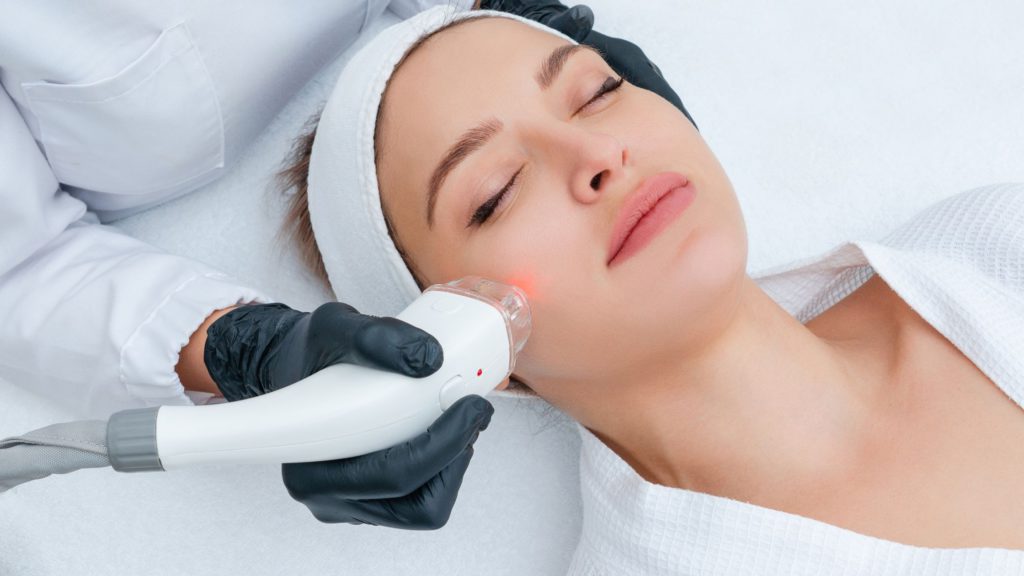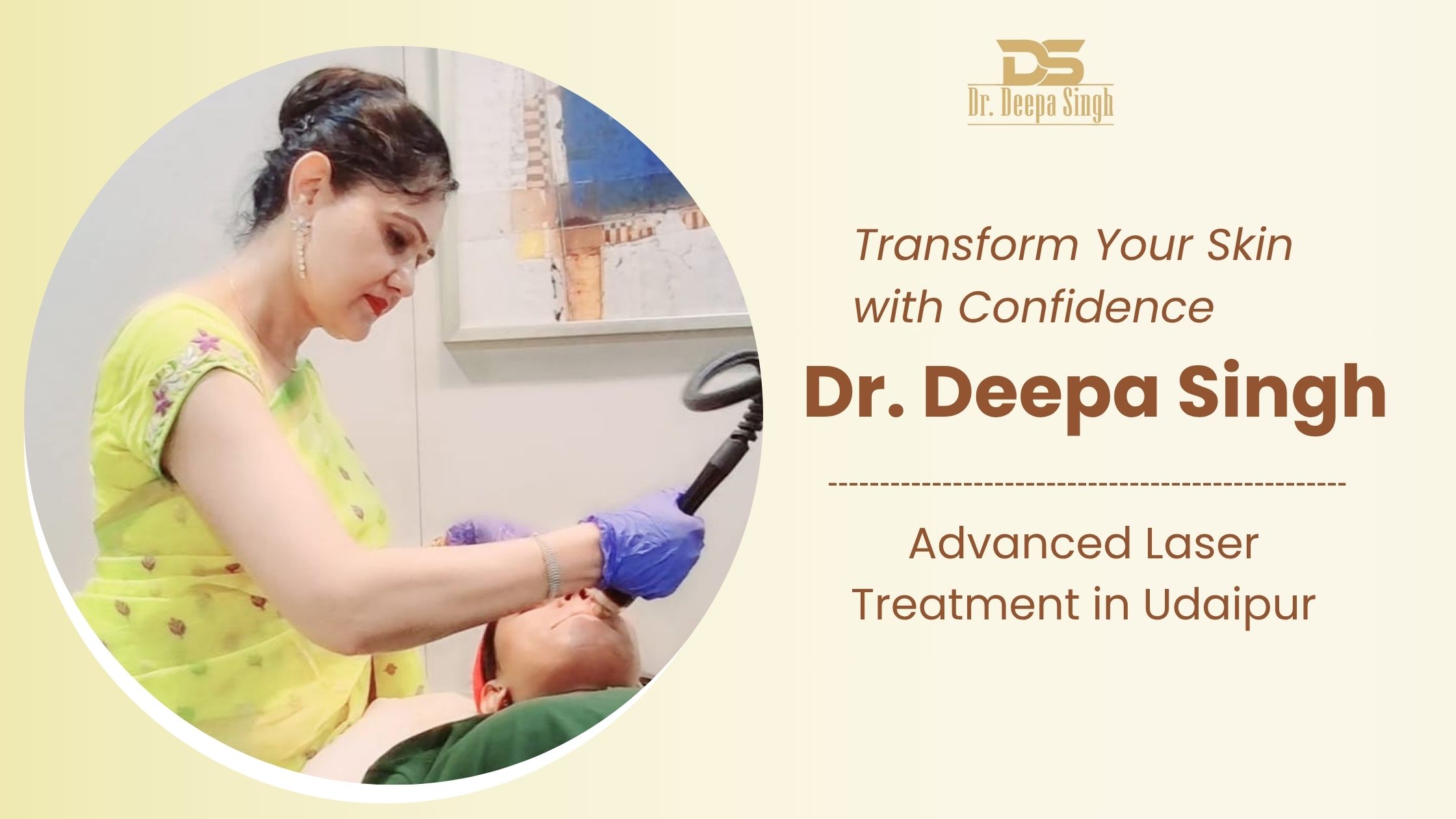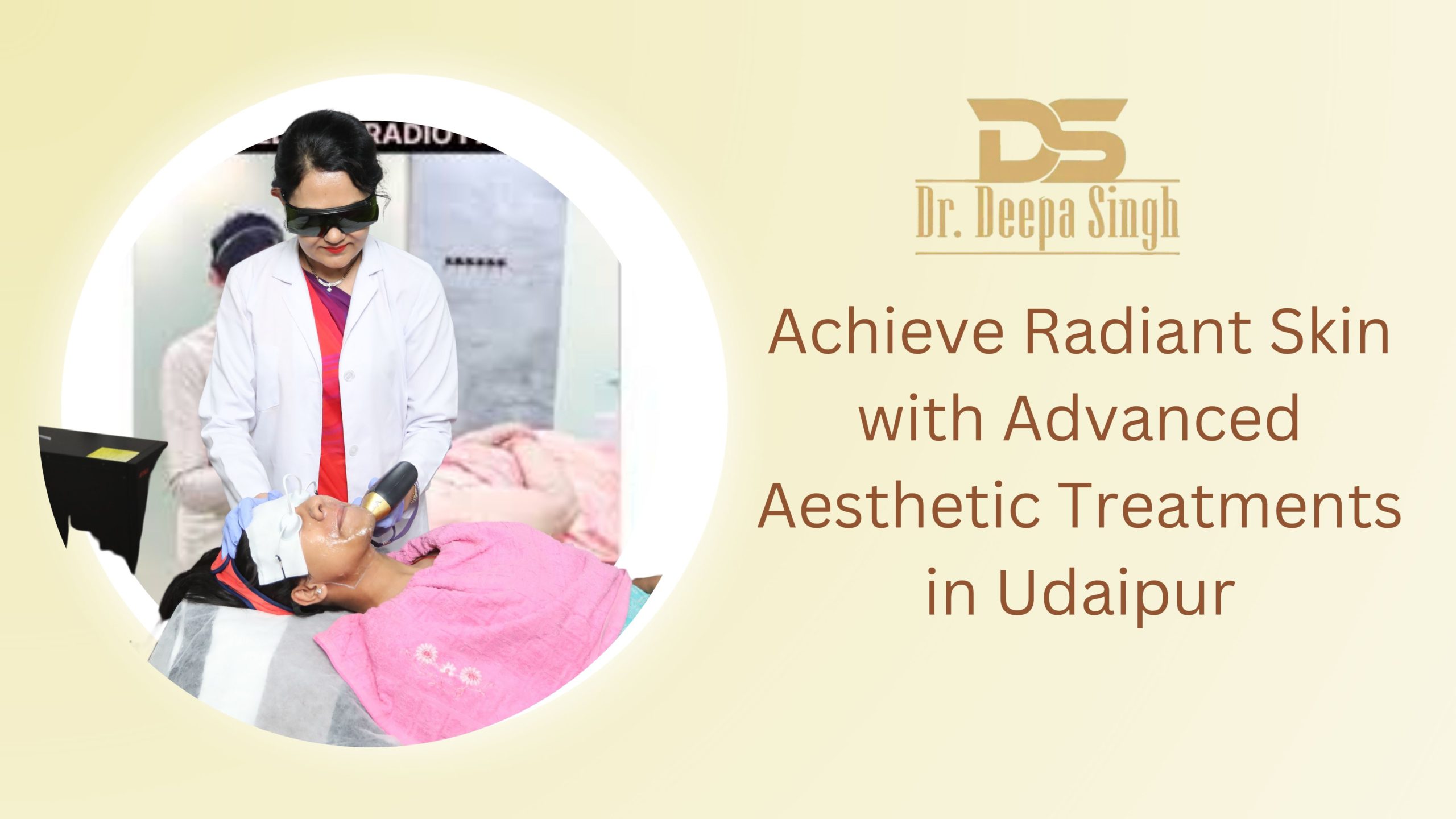Hyperpigmentation is a common skin concern characterized by dark patches or spots on the skin, often resulting from an overproduction of melanin. While it isn’t harmful, many seek treatments to achieve a more even complexion. Fortunately, several non-surgical treatments can effectively address hyperpigmentation. In this article, Dr. Deepa Singh shares her insights on the best non-surgical approaches to treating hyperpigmentation.
Understanding Hyperpigmentation
Before diving into the treatments, it’s important to understand the causes and types of hyperpigmentation. It can be caused by various factors, including sun exposure, hormonal changes, post-inflammatory responses, and certain medications. There are several types of hyperpigmentation, such as melasma, sunspots, and post-inflammatory hyperpigmentation (PIH), each requiring a tailored treatment approach.
Some Non-Surgical Treatments for Hyperpigmentation
Chemical Peels
Chemical peels are a popular non-surgical treatment for hyperpigmentation. They involve applying a chemical solution to the skin, which causes the top layer to peel off, revealing fresher, more evenly toned skin underneath. Chemical peels can be tailored to target specific types of pigmentation effectively.
Depending on Strength, Chemical Peels are:
- Very Superficial Peels
- Superficial Peels
- Medium Peels
- Deep Peels
Superficial Peels and Very Superficial Peels are best for Indian skin tone as they are absolutely safe for this skin type and with no downtime. Commonly used chemical peels are glycolic acid peel, lactic acid peel, mandelic acid peel, salicylic acid peel, retinol peel, etc.
Chemical Peels Benefits for Hyperpigmentation –
- Reduce the appearance of dark spots, even out skin tone
- Improves overall skin texture
- Stimulates collagen production, increasing skin firmness and elasticity
Procedure Time –
The procedure typically takes 30 minutes to an hour depending upon the peel used.
Expected Results and Maintenance –
Results are usually visible after one treatment but a few sessions of peels may be recommended for optimal results. Maintenance treatments can help prolong the effects.
Aftercare for chemical peels:
Keep the skin properly moisturized followed by application of Sunscreen ( SPF 30 or higher)
Dr. Deepa emphasizes the importance of choosing the right type of peel based on individual skin needs.

LASER Treatments
LASER treatments use focused light energy to target and break down excess melanin in the skin. Dr. Deepa Singh, also known as the LASER Queen, explains that LASER therapy can be highly effective for various types of hyperpigmentation.
Types of LASERS Used:
- Q-switched LASER
Mechanism of Action: LASERs selectively target pigmented areas, breaking down the melanin into smaller particles that the body can naturally remove.
Benefits and Effectiveness: LASER treatments can be highly effective for treating various types of hyperpigmentation, including sun spots, freckles, melasma, and post-inflammatory hyperpigmentation.
Procedure Details and Downtime: Sessions typically last from 30 to 40 minutes. Downtime varies depending on the LASER intensity, ranging from no downtime to a minimal downtime of mild redness.
It’s crucial to choose an experienced practitioner like Dr. Deepa Singh and follow pre- and post-treatment instructions carefully.
Aftercare for Q-Switch LASER:
- Use of mild cleansers and avoidance of harsh exfoliating agents for a few days
- Keep the skin well hydrated
- Application of Sunscreen, SPF 30 or higher
Microdermabrasion
Microdermabrasion is a minimally invasive procedure that uses fine crystals or a diamond-tipped wand to gently exfoliate the skin’s surface. Dr. Deepa Singh recommends this method for its efficacy in treating mild hyperpigmentation.
How It Works: The treatment removes the top layer of dead skin cells, stimulating collagen production and cell turnover.
Benefits for Hyperpigmentation: Microdermabrasion can help fade mild hyperpigmentation and improve overall skin tone and texture.
Procedure and Recovery: The treatment typically takes 30-60 minutes, with no downtime. Patients may experience mild redness for a few hours post-treatment.
Expected Outcomes and Frequency of Treatments: Few sessions are usually recommended for best results, typically spaced 2-4 weeks apart.

Advance Fluorescence Technology (AFT)
Advance Fluorescence Technology also known as Photofacial uses broad-spectrum light to target pigmentation in the skin. Dr. Deepa Singh finds this technology to be an effective solution for various skin concerns beyond just hyperpigmentation.
How It Differs from LASER Treatments: Unlike LASERs which use a single wavelength of light, AFT uses multiple wavelengths, making it effective for various skin concerns.
Benefits for Hyperpigmentation: AFT can effectively treat rosacea, sun spots, age spots, and other forms of hyperpigmentation while also improving overall skin tone.
Procedure and Recovery Time: Treatments usually take 20-30 minutes, with no downtime.
Aftercare for Photofacial:
- Avoid direct sun exposure for a few days
- Apply broad-spectrum Sunscreen with an SPF of at least 30
Combination Treatments
As per Dr. Deepa Singh combining different non-surgical treatments can often yield better results than single modalities alone. For instance, a series of chemical peels followed by AFT can effectively target different layers of pigmentation. Nano-needling can be combined with topical treatments to enhance the penetration of brightening agents. So, It is suggested that combination therapy addresses multiple aspects of hyperpigmentation simultaneously.
Final Words
Hyperpigmentation can be effectively addressed through various non-surgical treatments, each offering unique benefits. From Chemical Peels and Microdermabrasion to Q-Switch LASER treatments and AFT, there are multiple options to suit different skin types and severity of pigmentation. While these treatments can provide significant improvements, it’s crucial to consult with Dr. Deepa Singh to determine the most appropriate approach for your case. A personalized treatment plan, combined with ongoing skincare, can help you achieve and maintain clearer, more evenly toned skin.
For those seeking expert care in non-surgical skin treatments, consider consulting Dr. Deepa Singh. With extensive experience in addressing hyperpigmentation and other skin concerns, Dr. Deepa Singh (Double World Record Holder in Clinical Cosmetology, Medical Aesthetics, and LASERs) can provide tailored solutions to help you achieve your skin goals safely and effectively.








